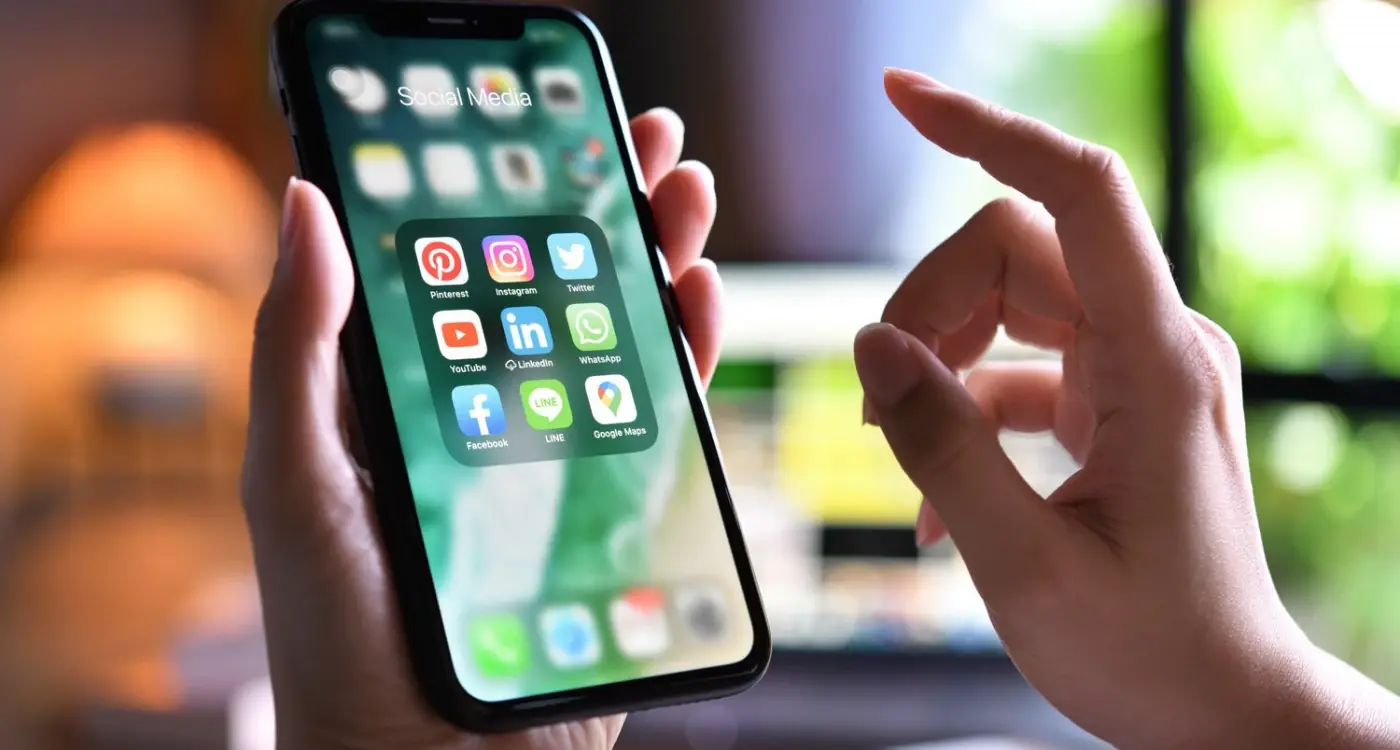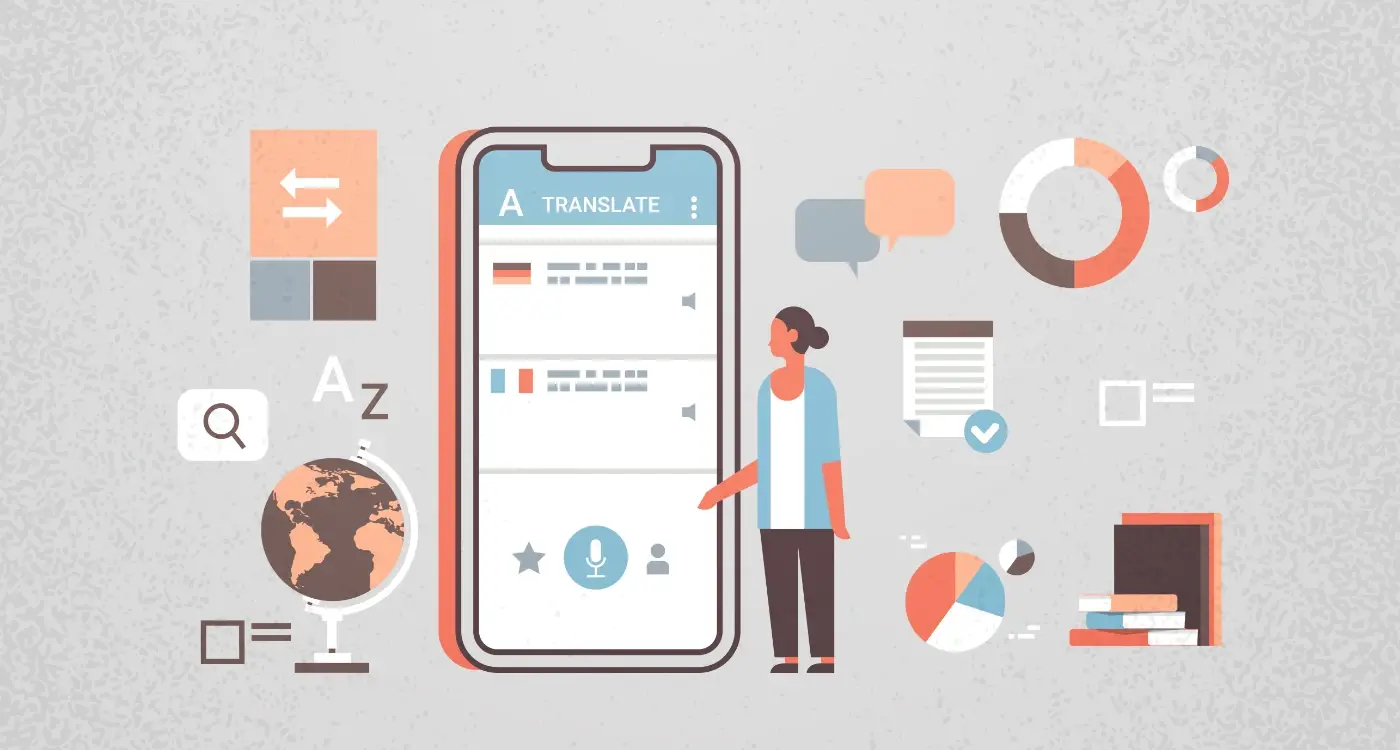How Do You Map User Journeys That Actually Match Reality?
Most businesses think they know how users move through their apps, but the reality is far more chaotic than anyone expects. Users abandon onboarding flows at the second step, skip entire features that took months to build, and somehow find ways to complete tasks that weren't even designed into the interface. It's a bit mad really—we spend weeks crafting these beautiful, logical user journeys only to discover people use our apps in completely unexpected ways.
I've seen this disconnect countless times when working with clients. They'll show me these pristine user journey maps with neat arrows and perfectly logical decision points, but when we actually look at the analytics? Complete chaos. Users bouncing between screens randomly, getting stuck on simple forms, or worse—finding workarounds for basic functions because the "obvious" path wasn't obvious at all.
The biggest mistake in user journey mapping is assuming users think like designers
Here's the thing though—most user journey maps are built on assumptions rather than reality. We imagine users are logical, patient, and willing to explore our carefully crafted interfaces. But real users are distracted, in a hurry, and using apps whilst juggling three other tasks. They don't read instructions; they don't follow intended paths, and they certainly don't behave like the personas we create in our planning sessions.
That's why I always tell clients that user journey mapping isn't really about mapping at all. It's about understanding the messy, unpredictable ways real people actually use your app—not how you think they should use it. Because once you understand that reality, you can start building experiences that work with human behaviour instead of against it.
Understanding Real User Behaviour vs Assumptions
Here's what I see happen time and time again—teams spend weeks creating beautiful user journey maps based on what they think users do, not what users actually do. It's honestly a bit mad how often this happens, even with experienced teams.
I remember working on an e-commerce app where the client was convinced users would browse categories methodically, compare products side by side, then make careful purchase decisions. Sounds logical, right? But when we actually looked at the data, most users were searching directly for specific items, abandoning their carts multiple times, and making impulse purchases based on reviews rather than detailed product specs.
The gap between assumptions and reality can kill your app before it even launches. Sure, we can guess what users might do based on our own behaviour or industry best practices, but real users are messy—they don't follow the neat paths we draw on whiteboards.
Why Our Assumptions Are Usually Wrong
We make assumptions because we have to start somewhere, but here's the thing—we're not our users. As developers and business owners, we know our apps inside and out; we understand every feature and its intended purpose. But users? They're trying to solve a problem as quickly as possible, often while distracted or multitasking.
Common assumptions that trip up app teams include thinking users will read instructions, explore features systematically, or use the app in ideal conditions. Actually, users scan rather than read, they skip onboarding whenever possible, and they're often using apps in noisy environments with poor internet connections.
- Users don't read—they scan for familiar patterns
- They rarely explore features unless there's an obvious benefit
- Most interactions happen in less-than-ideal circumstances
- Users have shorter attention spans than we assume
- They'll abandon tasks much faster than we expect
The key is starting with assumptions but treating them as hypotheses that need testing, not facts that guide your entire development process.
Gathering Data That Actually Matters
Right, let's talk about data—but not the boring spreadsheet kind that makes everyone's eyes glaze over. When I'm mapping user journeys, I need data that tells me what people actually do, not what they think they do or what I hope they'll do.
Analytics are your best friend here. Google Analytics, Firebase, Mixpanel—whatever you're using, focus on the behaviour flows. These show you the real paths users take through your app, and trust me, they're never what you expect. I've seen apps where users completely ignore the main navigation and find bizarre workarounds that somehow work better for them.
But here's the thing—quantitative data only tells you what happened, not why it happened. That's where user feedback comes in. App store reviews are gold mines of honest opinions. People don't hold back when they're frustrated! Support tickets are equally valuable; they highlight pain points you might miss otherwise.
Getting Direct User Input
In-app surveys work brilliantly when done right. Keep them short (2-3 questions max) and trigger them at specific moments. Ask users right after they complete a task or when they're about to abandon something. The timing makes all the difference.
User interviews are worth their weight in gold too. I know they take time, but spending 30 minutes with 5-6 real users will teach you more than hours of staring at charts. Ask them to show you how they use your app while they're talking—you'll spot things they don't even realise they're doing.
Set up event tracking for micro-interactions like button taps, scroll depth, and time spent on specific screens. These small behaviours reveal the real story behind user decisions.
Heat maps and session recordings are brilliant for spotting usability issues. When you see users repeatedly tapping non-clickable elements or getting stuck in the same place, that's your data screaming "fix this!"
Building Your First Reality-Based User Journey
Right, you've got your data and you understand how users actually behave—not how you think they should behave. Now comes the fun bit: building a user journey that reflects what's really happening. I've seen so many teams skip this step properly and wonder why their apps feel disconnected from user needs.
Start with your biggest user segment. Don't try to map everyone at once—that's a recipe for creating something so generic its useless. Pick your primary users and focus on their actual path through your app, including all the messy bits you'd rather ignore.
The Reality Check Framework
When I'm building user journeys with clients, we follow this approach:
- Map the actual entry points (not just your homepage)
- Include the stops, pauses, and abandonments
- Note where users get confused or frustrated
- Track the emotional states at each step
- Document what happens when things go wrong
Here's what most people get wrong—they map the happy path only. But users rarely take the happy path! They get interrupted, they make mistakes, they change their minds. Your journey map needs to show these reality moments, not just the perfect scenario you designed.
Making It Actionable
A good user journey isn't just a pretty diagram for your wall. Each step should connect to specific features, content, or interactions in your app. When you spot a friction point in the journey, you should be able to point to exactly what needs fixing in your actual product.
The best user journeys I've created feel a bit uncomfortable to look at because they show all the places where users struggle. That discomfort is good—it means you're mapping reality instead of wishful thinking.
Common Mistakes That Make Maps Useless
Right, let's talk about the mistakes I see almost every time someone shows me their user journey map. And honestly? Most of these maps end up being pretty decorations rather than useful tools—which is a bloody shame because they took ages to create.
The biggest mistake is assuming users think like you do. I can't tell you how many maps I've seen where every step is logical, linear, and perfect. Users click here, then there, then complete their purchase like good little robots. But here's the thing—real users are messy, distracted, and often doing three other things while using your app.
Making Everything Too Perfect
Your users aren't following a straight path from A to B. They're jumping around, getting interrupted by notifications, abandoning tasks halfway through, and coming back days later. If your map doesn't show these chaotic patterns, its useless for predicting real behaviour.
The most accurate user journey maps look messy because real user behaviour is messy
Ignoring the Emotional Journey
Another massive mistake? Only mapping what users do, not how they feel. Sure, you've documented that users tap the checkout button, but did you capture their frustration when the loading screen takes forever? Or their confusion when they can't find the delivery options?
I've seen teams spend weeks creating beautiful journey maps that completely miss the emotional pain points. Then they wonder why their conversion rates are terrible even though the "user flow" looks perfect on paper. The emotional journey is often more important than the functional one—because emotions drive decisions, and decisions drive behaviour.
Maps without emotions are just fancy flowcharts. And flowcharts don't help you understand why users actually abandon your app.
Testing and Validating Your Journey Maps
Right, so you've built your user journey map and you're feeling pretty good about it. But here's the thing—creating the map is only half the battle. The real test comes when you put it in front of actual users and see if it matches what they're really doing.
I've seen too many teams create beautiful journey maps that look great in boardroom presentations but fall apart the moment real users get their hands on the app. That's why validation is so bloody important. You need to know if your map actually reflects reality or if its just your team's best guess wrapped up in fancy visuals.
Start with Small-Scale Testing
Don't try to validate everything at once. Pick one key part of your journey—maybe the onboarding flow or the checkout process—and test that first. Get five to ten users to walk through it while you watch. Actually, scratch that. Don't just watch; record their screens and listen to what they're saying out loud.
You'll be surprised how often users take completely different paths than what you've mapped out. I mean, it happens more often than you'd think. They'll skip steps you thought were crucial, get stuck on things you considered simple, or find workarounds you never knew existed.
Methods That Actually Work
Here are the testing methods I've found most useful for validating journey maps:
- Moderated user testing sessions with screen recording
- Unmoderated tests using tools that capture user interactions
- A/B testing different journey variations
- Heat mapping to see where users actually click and scroll
- Analytics review to spot drop-off points you missed
- Customer support ticket analysis for pain points
The key is combining multiple data sources. One method alone won't give you the full picture, but together they'll show you where your assumptions were wrong and where your map needs updating.
Tools and Methods for Accurate Mapping
Right, let's talk about the actual tools you'll need to create user journey maps that don't end up gathering dust in a drawer. After years of building apps and watching teams struggle with mapping, I can tell you that the tool matters far less than how you use it.
For basic mapping, honestly? A whiteboard and sticky notes still work brilliantly. There's something about the physical process of moving things around that gets people thinking differently. I've seen more breakthrough moments happen during whiteboard sessions than in any fancy software demo. But here's the thing—you can't easily share or update a whiteboard with remote team members.
Digital Tools That Actually Get Used
Miro and Figma are my go-to digital tools for user journey mapping. Miro's brilliant for collaborative sessions because everyone can jump in and add their thoughts without stepping on each other's toes. The templates are decent starting points, though I usually end up customising them heavily. Figma works well if you're already using it for design work—keeps everything in one place, which your team will thank you for later.
For more complex journeys with loads of data, tools like Journey Analytics or UXPressia can handle the heavy lifting. They're pricier but worth it if you're mapping multiple user types or tracking journeys across different touchpoints.
The Method Behind the Madness
Whatever tool you choose, start simple. Map the happy path first—the journey where everything goes right. Then add the variations and pain points. I always work backwards from the user's goal; it keeps you focused on what actually matters instead of getting lost in every possible scenario.
Don't spend weeks choosing the perfect tool. Pick something your team will actually use consistently and start mapping. You can always migrate to something fancier later if needed.
Right, so you've built your user journey map and it actually reflects what people do rather than what you hoped they'd do. That's brilliant—but honestly, this is where most teams just stick it on the wall and move on. What a waste!
The real value comes from turning those insights into concrete changes. I mean, what's the point of knowing users abandon your checkout at step three if you don't do anything about it?
Prioritising the Problems That Actually Matter
Look at your map and find the biggest drop-off points—these are your goldmines. If 40% of users bail out when they hit your registration screen, that's not a small tweak you need; that's a fundamental design problem. Start with the pain points that affect the most users first.
But here's something I've learned the hard way: don't try to fix everything at once. Pick one major issue, test a solution, measure the results, then move on. I've seen teams get so excited about their newfangled insights that they redesign half their app in one go. Terrible idea—you'll never know which changes actually worked.
Making Changes Users Will Actually Notice
Small changes can have massive impacts if they're in the right places. Reducing form fields from eight to three? That could double your conversion rate. Adding progress indicators? Suddenly people stick around longer because they know how much is left.
The key is matching your solutions to the specific problems your map revealed. If users are confused about navigation, don't just make buttons bigger—rethink your information architecture. If they're dropping off because of performance issues, optimising your images might matter more than any design change.
Track everything you change and measure its impact against your original baseline. Your user journey map isn't a one-time project; it's a living document that should evolve as your app improves.
Right, so we've covered quite a bit of ground here—from understanding real user behaviour to building maps that actually reflect what people do rather than what we think they do. And honestly? Most of the apps I've built over the years could have been better if their teams had taken user journey mapping more seriously from the start.
The thing is, user journey mapping isn't just some UX exercise you do once and file away. It's a living document that needs to evolve with your users and your product. I've seen too many teams create beautiful journey maps in the discovery phase, then never look at them again. That's like creating a roadmap for a trip and then driving with your eyes closed!
The maps that actually work—the ones that lead to better user experiences and more successful apps—are the ones that get revisited regularly. Your users change, their expectations shift, and new competitors enter the market. What worked six months ago might not work today, and that's perfectly normal.
Look, if there's one thing I want you to take away from this guide, its this: start small but start somewhere. You don't need perfect data or expensive tools to begin understanding your users better. Even a basic journey map based on real user feedback and actual usage data will give you insights you didn't have before. And those insights? They'll directly impact how you design features, prioritise development work, and ultimately how successful your app becomes.
The apps that truly connect with users are built by teams who understand the real journey, not the imagined one. Now go map yours properly.
Share this
Subscribe To Our Learning Centre
You May Also Like
These Related Guides

How Can I Find Out What Users Expect in My App Category?

What Research Techniques Reveal Hidden User Motivations?



